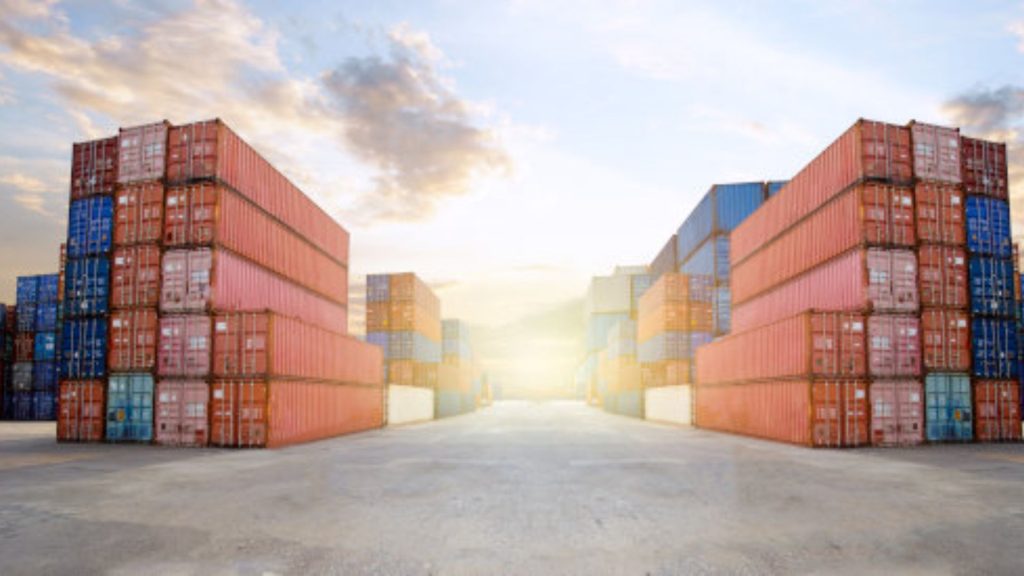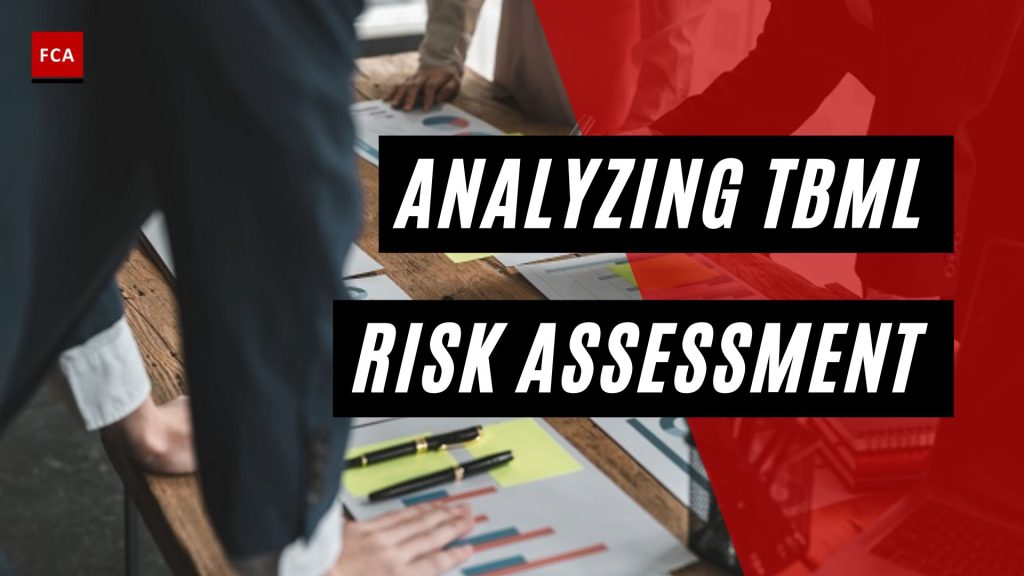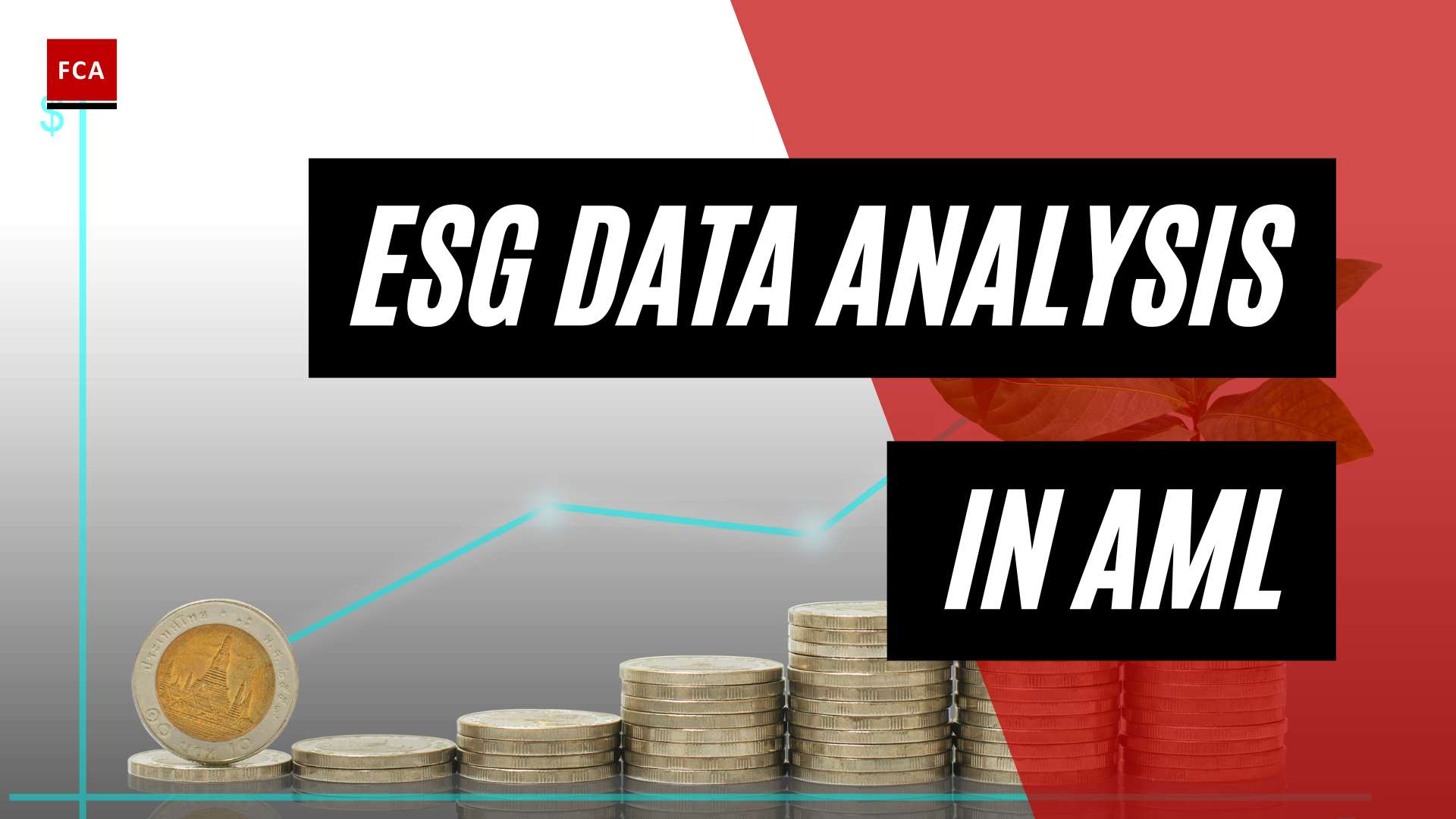Analyzing TBML risk assessment is essential for businesses to mitigate the potential risks associated with trade-based money laundering. Trade-based money laundering (TBML) risk assessment is an important component of the enterprise risk management framework. In any organization, the design of a risk management framework starts with articulating the organization’s risk appetite, which then drives the risk management policy and tolerance.
The TBML risk assessment requires extensive assessment of both external and internal environments and risk factors. This is an ongoing process by which a firm determines the risks that exist and how they can be mitigated.

TBML Risk Assessment
The Trade-based money laundering or TBML risk assessment requires the involvement of all three lines of defense of the entity. The implementation of the trade AML policy entails setting up the risk governance and control environment which includes the formation of the board of directors, audit committee, executive committee, and the three lines of defense:
- 1st line – Business operations which perform the day-to-day risk management activities;
- 2nd line – Compliance provides oversight and set directions, defines trade transaction controls, develops and implements AML policies, and performs compliance reviews. The Trade-Based Anti-Money Laundering Reporting Officer is responsible for the review and implementation of the trade AML program, and he must be well-trained and qualified to do the job. and
- 3rd line – Internal Audit offers an independent challenge to the levels of assurance provided by business operations and oversight functions and ensures that the systems and controls function effectively. Outcomes from the audit are inputs for continuous improvement of the compliance risk management process.
Multiple levels of risk assessments are being conducted periodically. Some are done annually, some may be done ad-hoc in the event of specific situations, and others are even performed continuously based on observations and monitoring done on customers.
The TBML risk assessments are usually conducted on a quarterly or six-monthly basis. It depends on the type, size, and complexities of the business and operations. If the business and operations are complex and the entity is large, catering to too many traders, for imports ad exports, then a more frequent TBML risk assessment is recommended.
In TBML risk assessment the significant TBML risks are identified and assessed, for the impact and probability of occurrence. The inherent and residual risk assessments are performed by the TBAML team and compliance function. Each identified risk can be broken down to identify the exact exposure of the entity to TBML.

TBML risk assessment involves the identification and assessment of money laundering and terrorist financing risks. TBML risk assessment involves, assessing the risks related to the geography of buyers and sellers, type of trade customers, goods involved, jurisdictions involved, beneficiaries, mode of trade payments, currencies involved, and applicable regulations are considered.
This risk assessment comprises different criteria, used to calculate the risk score for each identified TBML risk. The risk assessment can serve as some sort of a map of vulnerabilities. It is important to understand how money launderers might seek to misuse a specific product or service, to launder money.
The TBML risk assessment considers the controls that are developed and implemented to mitigate the identified TBML risks. This can allow you to come up with a good strategy to combat these risks and divide the potentially scarce resources that the entity has available.
TBML risk assessment performed in financial institutions is an ongoing process because, in these institutions, there are always new things happening, such as the launch of new products, the announcement of new regulations, technological advancements, changes in customers’ behavior, etc. The changes in business and operations, therefore require proper assessment of trade-related money laundering and other financial crime risks.
Final Thoughts
Analyzing TBML risk assessment is a critical task for businesses to effectively manage and mitigate the risks associated with trade-based money laundering. It serves as an integral part of the enterprise risk management framework, helping organizations understand and address the potential vulnerabilities they face.
Implementing a comprehensive TBML risk assessment involves assessing both external and internal factors, considering various risk criteria such as geography, trade customers, goods involved, jurisdictions, beneficiaries, payment methods, currencies, and applicable regulations. By identifying and evaluating these risks, businesses can develop strategies and allocate resources to combat money laundering effectively.








